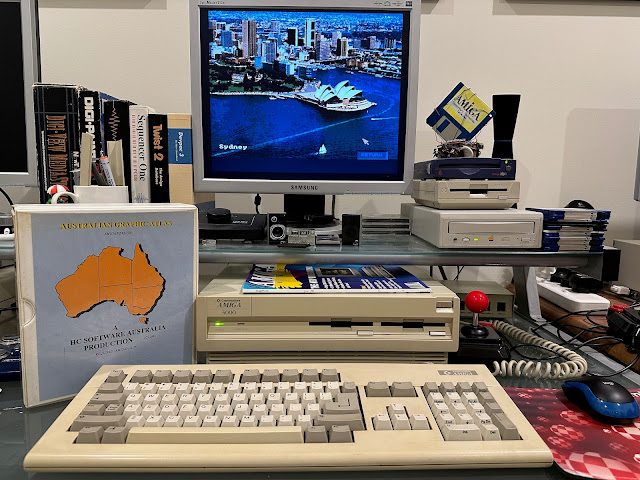AROS One v2.3 x86 ABIv0 Released
Hi, Thanks for visiting Old School Game Blog. AROS is a lightweight, efficient, and flexible open-source operating system. It is an independent, portable, and free project, which aims to be compatible with AmigaOS at the API level. Most AROS distributions run on x86-based computers. Versions do also exist for Motorola 68K and PowerPC as well. […]
 Browse is a fast, stable, classic web browser helping you surf the net with your AMIGA®. Features include HTML 4.01 and XHTML 1.0 browsing, OpenSSL 3.1-based TLSv1.3 secure connections, FTP downloads, comprehensive JavaScript 1.6 engine, tabbed browsers (pioneered by IBrowse), a customisable GUI layout, many other customisable features and support for proprietary extensions from other browsers.
Browse is a fast, stable, classic web browser helping you surf the net with your AMIGA®. Features include HTML 4.01 and XHTML 1.0 browsing, OpenSSL 3.1-based TLSv1.3 secure connections, FTP downloads, comprehensive JavaScript 1.6 engine, tabbed browsers (pioneered by IBrowse), a customisable GUI layout, many other customisable features and support for proprietary extensions from other browsers. I
I
 A-eon announce
A-eon announce